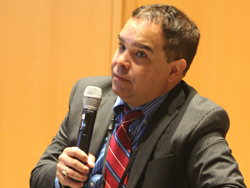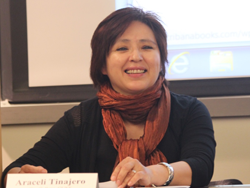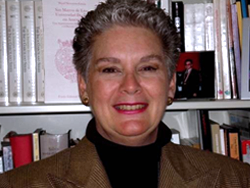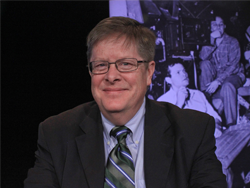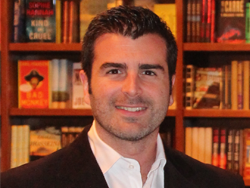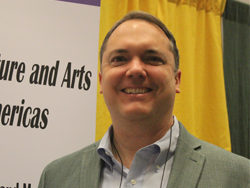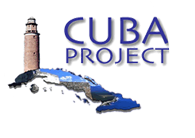March 11, 2004 - 5:00 PM
Dr. Frank Holl
University of Munich
Dr. Frank Holl (University of Munich, Germany) is an authority on Alexander von Humboldt. In the last eight years, he has curated and organized several Humboldt exhibitions throughout the world (Mexico, Cuba, Venezuela, Germany, Colombia, Ecuador, Peru). At the moment, he is preparing exhibitions for New York, Madrid and Tokyo. His talk will draw from the experience of organizing Humboldt exhibits with different national teams and from different perspectives, marking the 200th anniversary of his visit to the Americas.
About Alexander von Humboldt:
In 1804, Alexander von Humboldt (1769–1859) concluded a great journey of exploration and discovery in South America, New Spain (Mexico) and Cuba, initiated in 1799, with an 1804 visit to the United States at the invitation of President Thomas Jefferson. The enormous undertaking established him as the greatest and most famous geographer and explorer of modern times. The journeys from 1799 to 1804 became the highpoint of his life-long scientific investigation and documentation of the unity of nature. The American experience also moved the politically engaged Humboldt, a man inspired by the Enlightenment and ideals of the French Revolution, to publish among other writings books on Cuba and Mexico that offered critiques of colonialism and slavery and strongly advocated on behalf of the native peoples he saw cruelly exploited. The last of the great European polymaths, Alexander von Humboldt was important to the development of several disciplines. The fame and influence that followed Humboldt’s American explorations were truly enormous: he was quite literally one of the most famous people in the world. His name is found today not only on the Humboldt Current along the Pacific coast of South America, but also in mountains, streets, schools, research centers, glaciers, plants and animals throughout Latin America.

